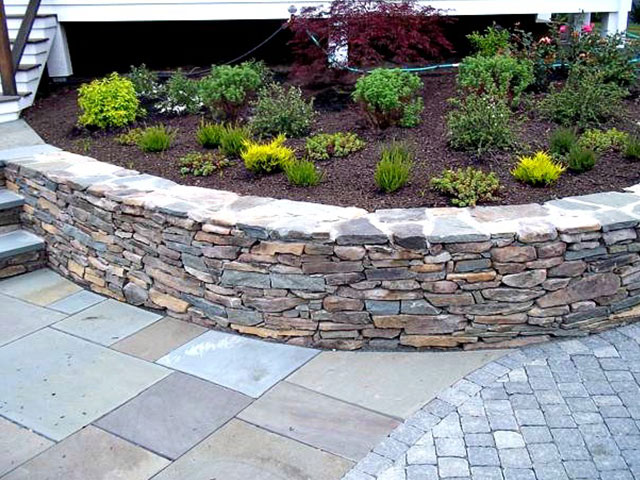In recent years, there’s been a large push to educate homeowners and commercial landscapers on how to conserve the environment. More and more home and business owners are realizing that poor landscaping practices will not only hurt their plant life, but also negatively impact the greater environment.
In this blog series, we will discuss everything you can do to mitigate harm to the environment through your landscaping practices. The first installment will cover how to choose, arrange, and take care of plants in a way that reduces negative effects on the natural world.
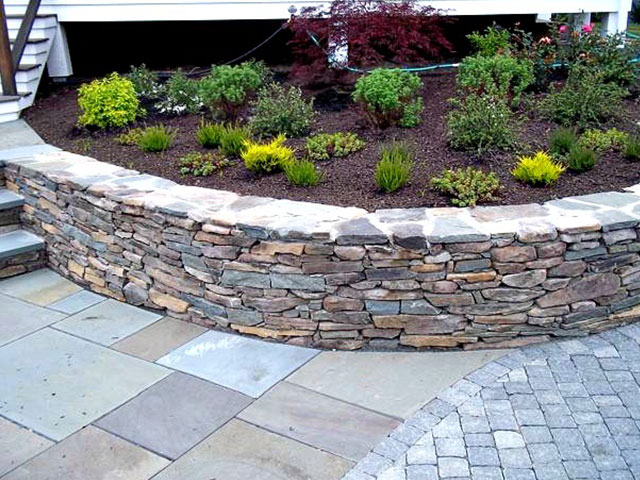
Choosing plants
The first thing you must do to ensure your plants live in harmony with the environment is try to emphasize native species in your yard and garden. While it’s fine to have some non-native species here and there, a yard with a majority of native plants will have a much better chance of properly coexisting with the environment. A mix of 70% native and 30% non-native is a good blend to shoot for. We often recommend incorporating non-native species as ornamental shrubs or trees.
Whatever you do, make sure to avoid invasive species. These plants will attack and eventually kill native shrubs and flowers in your yard. Some invasive species, like the Oriental bittersweet, can even kill trees. For a full list of plant species to avoid, check out resources on the official Massachusetts website.
You’ll also want to consider your soil as you choose plants for your yard. Native shrubs and flowers grow best in different types of soils, so be sure that yours is aligned with the kinds of plant life you want in your yard. If you aren’t sure what type of plants are best for your soil, you can have your soil tested with a kit.
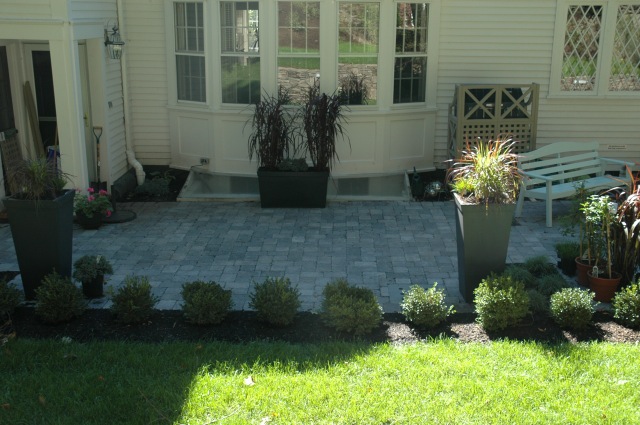
Arranging plants in your yard
Once you know what kind of plants you specifically want to have in your yard, the next step is figuring out how to best arrange them. There are two main ways that most people handle this process: grouping plants aesthetically based on their tastes, and grouping them based on the type of maintenance they need. These options aren’t mutually exclusive – for example, you may be able to group together flowers of a similar color that need similar kinds of lighting and water.
You’ll also want to arrange plants based on the terrain you have in your yard. For example, if you have plants that need lots of light, it doesn’t make sense to put them right against a wall or area of the yard where the sun doesn’t shine.
These efforts will help the environment by making garden maintenance more efficient. When plants are grouped together, it requires less water and less time to care for them. It also helps your soil better adapt to specific plant profiles, making it more fertile and capable of growing similar kinds of plants in the future. Soil that is better suited for growth will benefit your yard and surrounding areas.
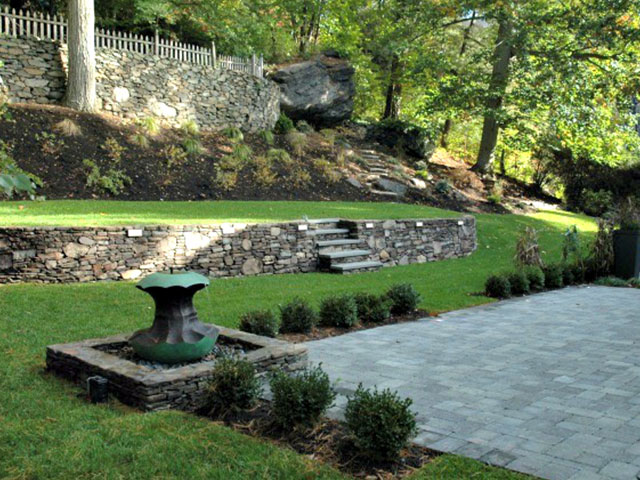
Taking care of plants
Once you’ve selected plants that are best for your environment and decided how you will arrange them, you’ve got to keep them healthy. This is the step where many people do the most harm to nature.
You should never use chemical-heavy fertilizers. These can seep into the soil and cause problems not only for plants, but for the local water supply. Instead, rely on natural forms of fertilizer like mulch and eco-friendly waste, which may include coffee grounds and fruit peels. UMass offers an excellent guide on how to create compost and fertilizer.
For watering your flowers and shrubs, it’s best to use drip irrigation. This kind of system will make your life much easier, as you won’t have to worry about manually watering plants with a bucket or hose. Drip irrigation systems also use much less water than conventional methods.
Finally, when selecting tools for your garden, use non-powered equipment whenever possible. Tools like leaf blowers and weed whackers not only consume electricity, they can cause dust and debris to fly up into the atmosphere, polluting the air in your region. A push mower, for example, is much better for the environment than a riding or tractor-style mower.
There’s much more to know about protecting the environment
This is only the beginning of our advice on keeping the natural world around you safe when starting or maintaining a garden. In our next post, we will talk about getting rid of pests and other problems, plus more advanced tips on how to use your yard to cut down on your environmental footprint.
If you’d like to speak with a specialist about this subject, we’d be happy to provide specific techniques that you can implement on your land for environmental conservation. Contact our team today for assistance making sure that your yard thrives without sacrificing the environment.
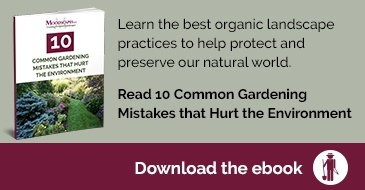
Moodscapes LLC is an organic landscape design and service company with a focus on helping you extend your life outdoors to enjoy activities on your own, as a family and with friends. We create opportunities for you to commune with and find joy and peace in nature and to live in an ecologically friendly and healthy environment. Please explore our landscape services and the portfolio that demonstrates many examples of our work.

